Light water - What a meaningful combination of two elements: light and water! The first waters called light waters, such as Lourdes water, Fatima water or San Damiano water, came from pilgrimage sites and were also called “Marienwässer” in Germany.
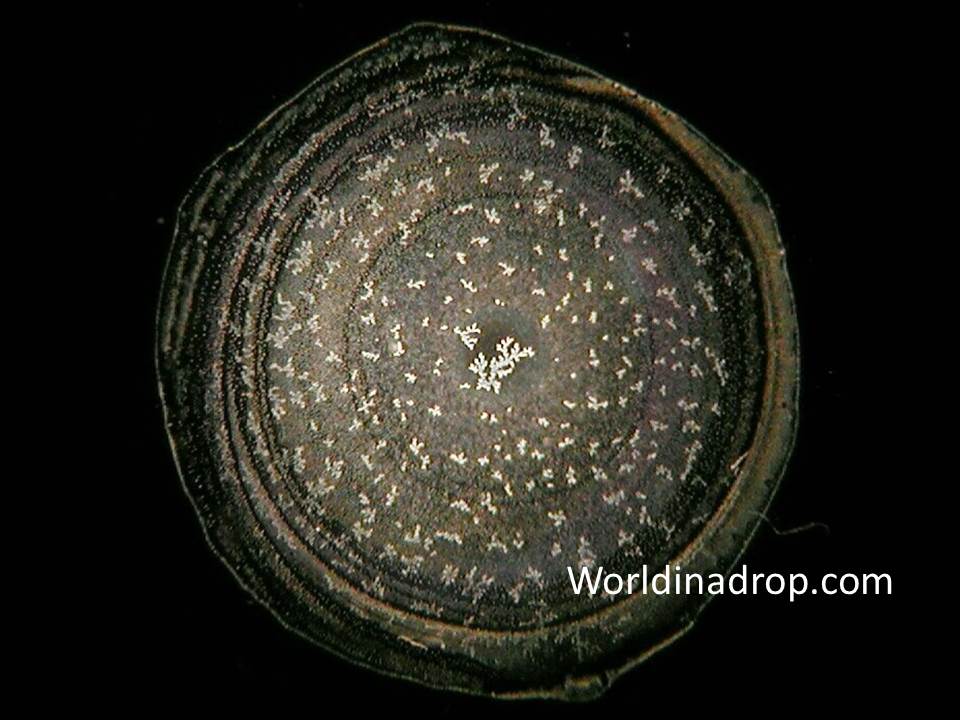
Their special feature is that they form a resonance to all seven light frequencies, which - as we know from the rainbow - can produce a colored prism next to each other or together the white light, in Italian "acque a luce bianca". Light water is used therapeutical, there are now numerous light water books about this theme. With their unique vibrations, they are intended to act as a balancing act on man. But how exactly the light waters work, is not yet known. The Stuttgart Water Research Center, with Prof. Dr. Bernd Kröplin, is trying to track down this phenomenon.
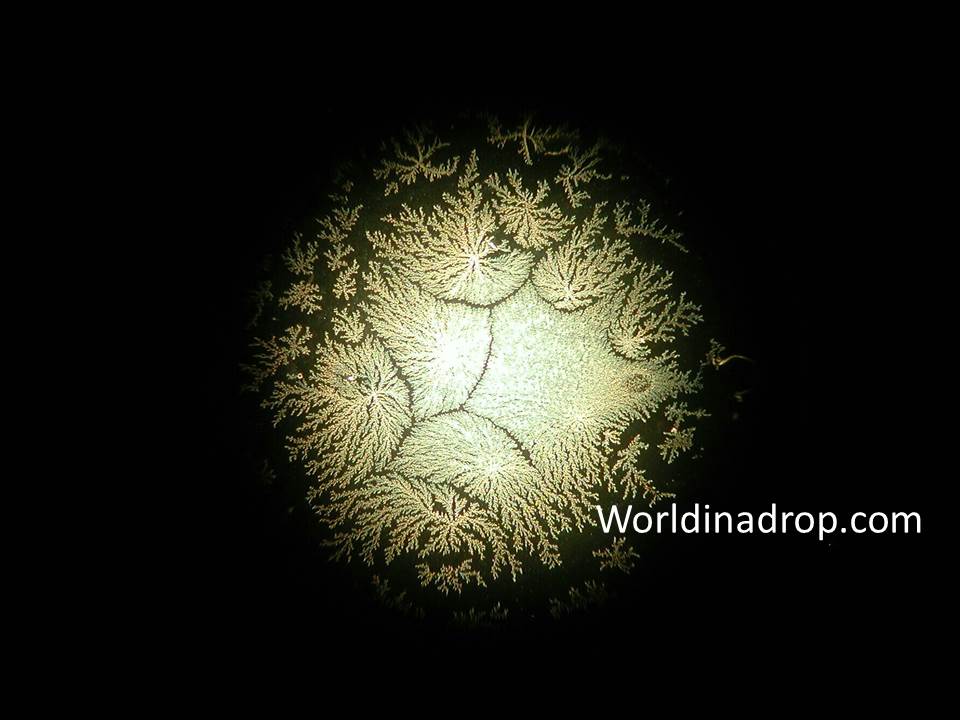
"For more than 15 years we have been dealing with water research about the memory of water in our "world in drop research" and the information storage in the water. In doing so, we are also investigating how different waters affect humans or other waters. We have found that water droplets exchange information over a distance of about 1.5 m in the laboratory and influence each other. Adults with about 70% of body water, for example, sitting in a bus or lecture hall, have already exchanged information before they have welcomed each other. They are a large "soup of water information". An unconscious communication that one cannot escape voluntarily!", explains Prof. Dr. Bernd Kröplin.
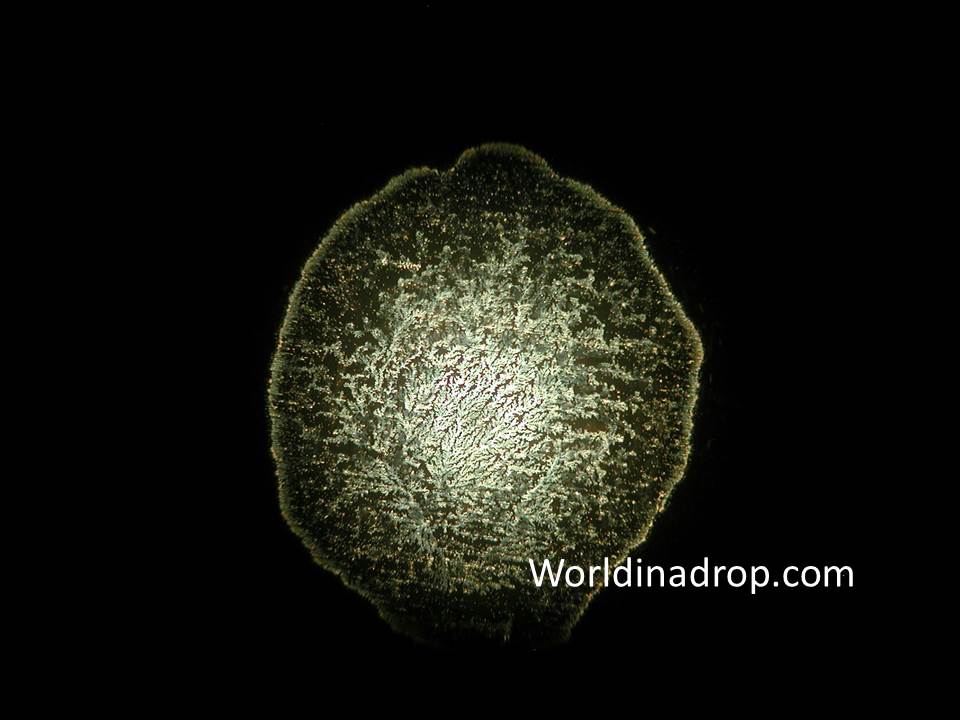
His team in Stuttgart believes that human beings probably perceive information and their environment differently than we have hitherto thought: through cell water. Because not only mobile radiation, X-ray and various pieces of music, but also emotions such as stress leave their structures in water droplets. For this purpose, the team examines different types of water under the dark field microscope and observes the drying process. The researchers have documented that water reacts very sensitively to external influences and also stores this information. Under the dark field microscope the structures of the drop shows, whether it was exposed to a mobile phone or x-radiation or even plants, stones and music. It reacts to frequencies, vibrations and other external influences and stores them. So water has something like a memory.
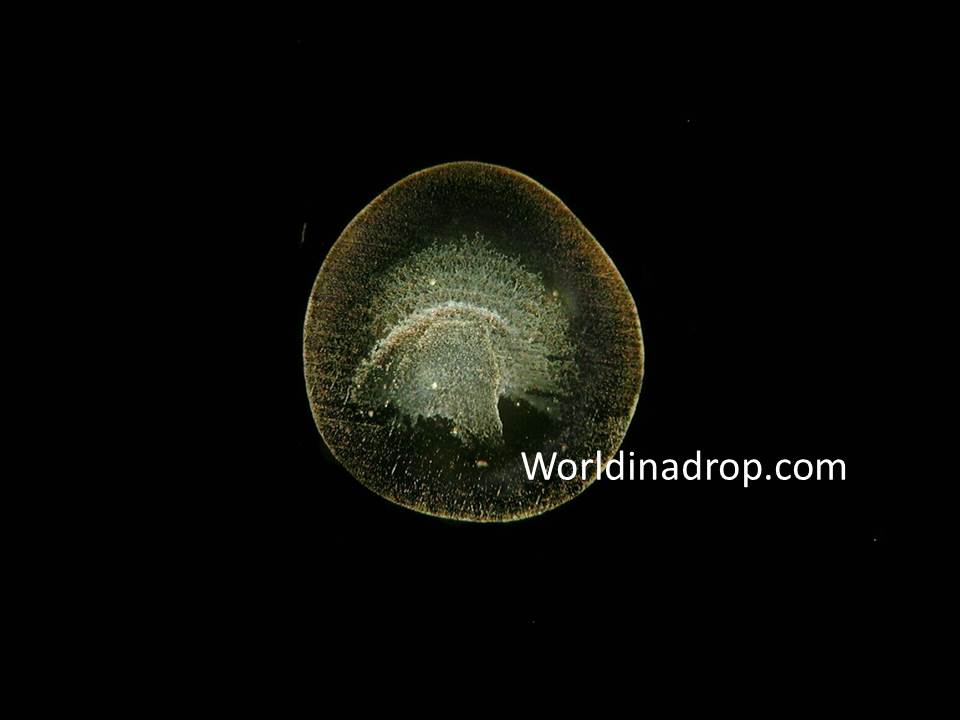
So far, we have assumed that human beings consciously control their perception and use the existing 5 senses, such as eyes, nose, ears, tongue and touch, to experience the world. Now the researchers around Prof. Bernd Kröplin think, however, that something like another perception channel has been added: water. It communicates with other water, so it resonates over a distance of approx. 1.5 meters. And it communicates with the environment. The blood, for example, which Kröplin counts as body water to the investigating substances, clearly changes its structure under the dark field microscope when the person has heard relaxing music such as harp music by Satie.
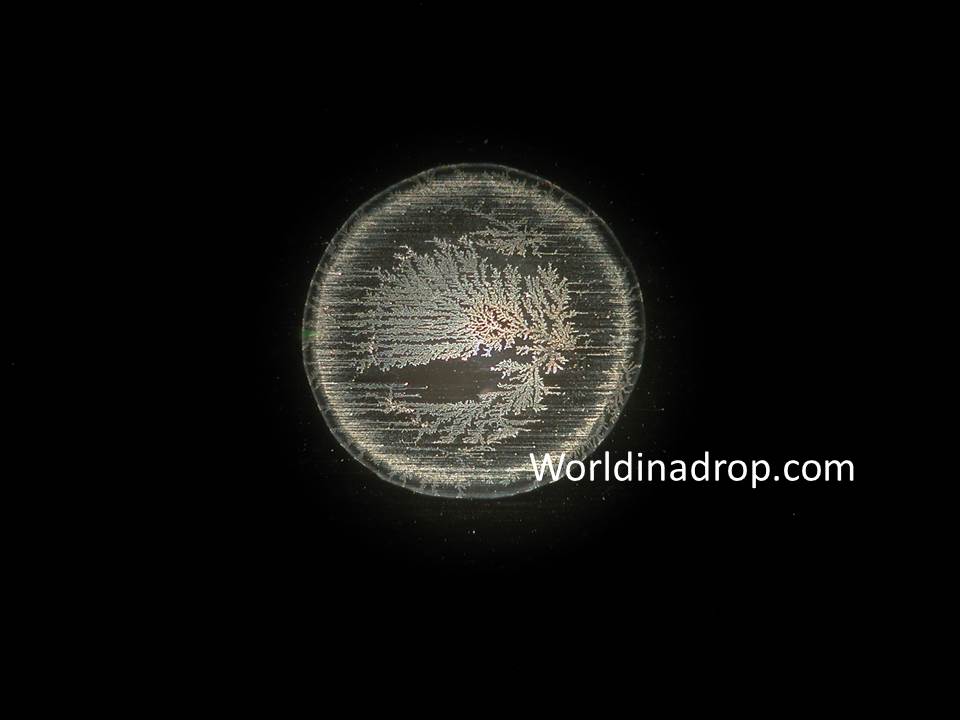
Coming back to the light water this means that the researchers around Kröplin in Stuttgart suspect that a light water can resonate with the body water of a person and can exchange or transmit the corresponding information. And depending on the vibration of the light water and the vibration of the person drinking or applying the light water, light water and body water resonate. "This is certainly an exciting field of research we are still working on. We like to go this way, because the droplet structures of the light water are documented not only phenomenologically under the dark field microscope, but are also beautiful", says Kröplin. A new book has been published on the memory and communication of water: "Die Geheimnisse des Wassers” (coming out in English translation in spring 2017) by Bernd Kröplin and Regine C. Henschel.